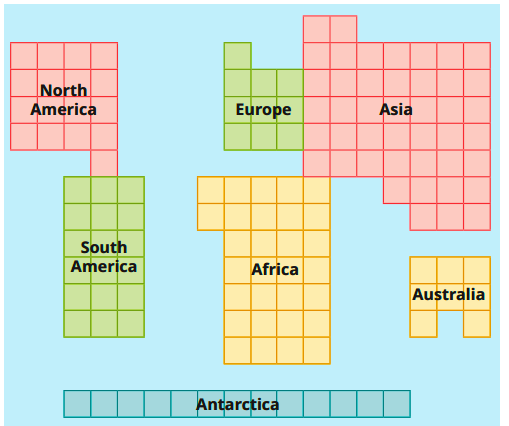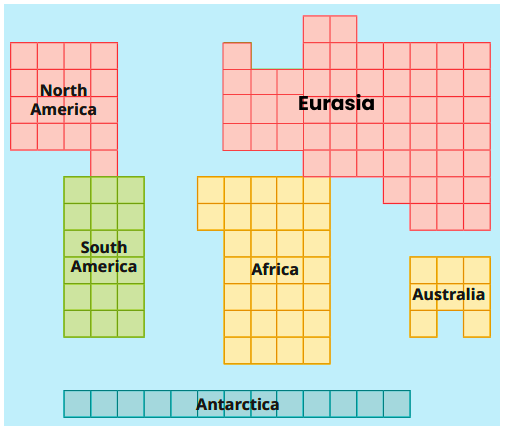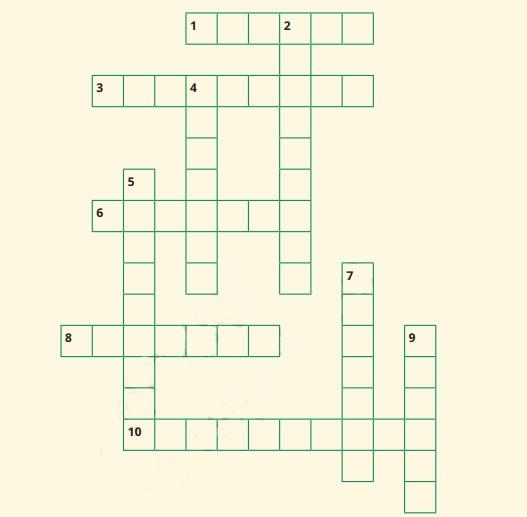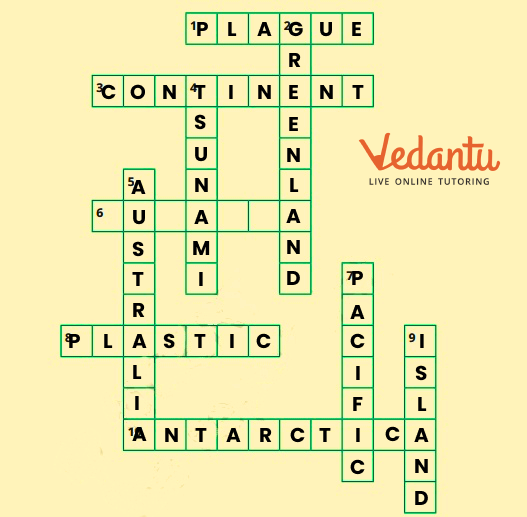NCERT Solutions for Class 6 Social Science Chapter 2: Oceans and Continents - FREE PDF Download
FAQs on NCERT Solutions for Class 6 Social Science Chapter 2 Oceans and Continents
1. What are the NCERT Solutions for Class 6 Social Science Chapter 2: Oceans and Continents as per the 2025-26 CBSE syllabus?
The NCERT Solutions for Class 6 Social Science Chapter 2: Oceans and Continents provide step-by-step answers to all textbook exercises prescribed by CBSE for the 2025–26 academic session. These solutions include definitions, explanations of the world’s continents and oceans, their locations, significance, and map-based questions, following CBSE guidelines.
2. What is the difference between a continent and an ocean according to NCERT Solutions for Class 6 Social Science Chapter 2?
Continents are large, continuous landmasses making up Earth's land area, while oceans are vast bodies of saltwater covering about 71% of Earth’s surface. There are seven continents (Asia, Africa, North America, South America, Antarctica, Europe, and Australia) and five major oceans (Pacific, Atlantic, Indian, Southern, Arctic).
3. Why is the Southern Hemisphere referred to as the ‘water hemisphere’ in Chapter 2 of Class 6 Social Science?
The Southern Hemisphere is known as the ‘water hemisphere’ because it has a higher proportion of ocean surface compared to land, especially with the Indian, Southern, and parts of the Pacific and Atlantic Oceans dominating.
4. How do oceans regulate the Earth’s climate, as explained in CBSE Class 6 Social Science solutions?
Oceans help maintain Earth’s climate by absorbing solar heat and redistributing it through currents, which influences global weather patterns, rainfall, and temperature balance essential to life on Earth.
5. What roles do continents and oceans play in shaping human civilizations, as covered in Oceans and Continents NCERT Solutions?
Continents provide diverse landforms for humans to settle, grow crops, and access natural resources. Oceans support trade and transportation, offer marine resources, influence the movement of people, and have historically determined the rise of civilizations along their coasts.
6. What is meant by ‘parallels of latitude’ and ‘meridians of longitude’ in the NCERT Class 6 Social Science Chapter 2?
Parallels of latitude are imaginary lines running east-west that measure distance north or south of the equator, while meridians of longitude run from pole to pole and measure east-west distance from the Prime Meridian. Both are used to pinpoint locations on Earth.
7. Are all the world’s oceans connected? How is this presented in NCERT Solutions for Class 6 Social Science Chapter 2?
Yes, all oceans are interconnected, forming a single global oceanic system with no land barriers between them, though they are named separately for geographical and historical reasons.
8. What are the main causes of ‘water scarcity’ despite Earth's abundance of water, according to Class 6 NCERT Solutions?
Water scarcity is due to the fact that most of Earth’s water is salty and unusable for drinking or agriculture. Only a small percentage is freshwater, much of which is frozen or underground. Issues like overuse, pollution, unequal distribution, and climate change contribute further.
9. Can you list the continents from smallest to largest as per the NCERT Solutions for Chapter 2?
From smallest to largest:
- Australia
- Europe
- Antarctica
- South America
- North America
- Africa
- Asia
10. How do oceans and continents influence weather and ecosystem diversity according to the NCERT curriculum?
Oceans store and redistribute heat, create rainfall, and drive atmospheric circulation. Continents, with their landforms and size, affect wind patterns, rainfall, and foster unique ecosystems by providing varied habitats.
11. What is an ‘island’ and how is it different from a continent, as per Class 6 Oceans and Continents?
An island is a landmass surrounded by water and is smaller than a continent. Continents are larger landmasses with varied countries and climates, while islands may vary in size but are always less extensive than continents.
12. What are some effective ways to conserve water highlighted in NCERT Solutions for Class 6 Social Science Chapter 2?
- Turning off taps when not in use
- Fixing leaks promptly
- Using buckets instead of hoses
- Practising rainwater harvesting
- Promoting awareness about water conservation in schools and communities
13. How do NCERT Solutions help improve map reading skills in Class 6 Social Science Chapter 2?
The solutions guide students stepwise in identifying continents, oceans, parallels of latitude, meridians of longitude, and their relevance on world maps, developing spatial awareness and map-reading proficiency as per CBSE 2025–26 guidelines.
14. FUQ: What if Earth had only one continent and one ocean? Discuss its impact using NCERT logic.
If Earth had only one continent and one ocean, biodiversity and climatic diversity would be reduced. Living organisms would lack adaptation variety, climates would be less varied, and trade, migration, and cultural diversity would be minimal compared to our current world structure.
15. FUQ: How can understanding the distribution of oceans and continents prepare students for challenges like climate change?
Learning about ocean and continent distribution helps students comprehend weather patterns, resource access, disaster risks, and how global changes such as rising sea levels or shifting climates affect regions differently, fostering awareness and preparedness for future challenges.



























